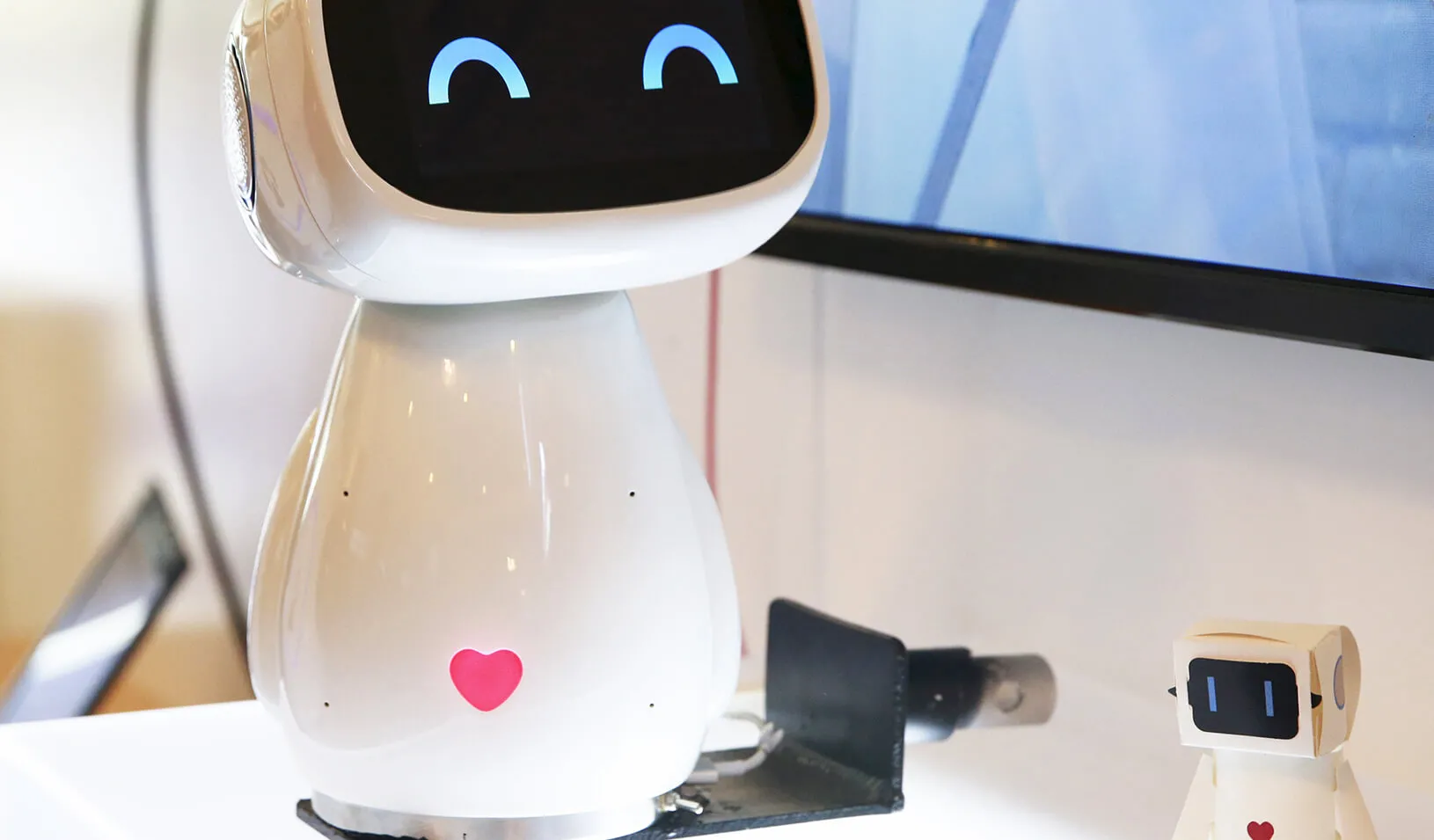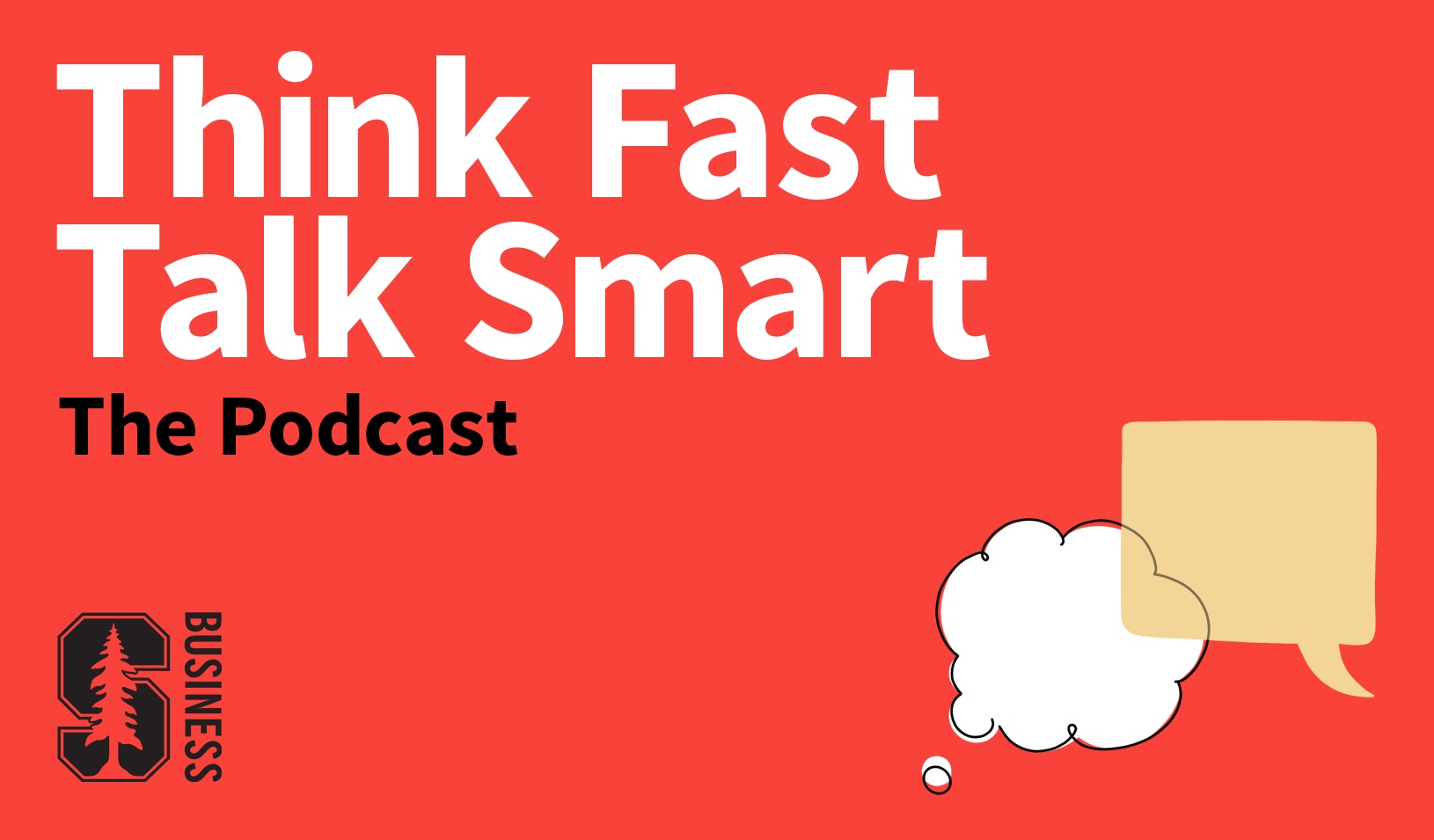Andrew Ng: Why AI Is the New Electricity
A computer scientist discusses artificial intelligence’s promise, hype, and biggest obstacles.
March 11, 2017

Artificial intelligence already powers many online interactions today, but computer scientist Andrew Ng says it’s only a small fraction of what will soon be possible. | Reuters/Kim Kyung-Hoon
Artificial intelligence already powers many of our interactions today. When you ask Siri for directions, peruse Netflix’s recommendations, or get a fraud alert from your bank, these interactions are led by computer systems using large amounts of data to predict your needs.
The market is only going to grow. By 2020, research firm IDC predicts, AI will help drive worldwide revenues to over $47 billion, up from $8 billion in 2016.
Still, computer scientist and Coursera co-founder Andrew Ng says, fears that AI will replace humans are misplaced: “Despite all the hype and excitement about AI, it’s still extremely limited today relative to what human intelligence is.”
Ng, who is chief scientist at Baidu Research and teaches at Stanford, spoke to the Stanford Graduate School of Business community as part of a series presented by the Stanford MSx Program.
Here he discusses why AI gets a bad reputation, what reputation it actually deserves, and how we need to rethink our education system to prepare.
The New Electricity
Electricity changed how the world operated. It upended transportation, manufacturing, agriculture, health care. AI is poised to have a similar impact, he says. Information technology, web search, and advertising are already being powered by artificial intelligence. It decides whether we’re approved for a bank loan. It helps us order a pizza and estimate our wait time, and even tells the driver where to deliver it. Other areas ripe for AI impact: fintech, logistics, health care, security, and transportation.
“Just as electricity transformed almost everything 100 years ago, today I actually have a hard time thinking of an industry that I don’t think AI will transform in the next several years,” Ng says.
Scarce Resources
What’s slowing down AI adoption? Two problems: scarcity of data and talent. For AI to be meaningful, companies need to feed their algorithms vast amounts of data, which isn’t always readily available. In fact, Ng says some large companies launch products for the payout of data, not revenue, and then later monetize it through a different product.
These companies are also engaging in a talent war for smart employees. “I would say the most scarce resource today is actually talent, because AI needs to be customized for your business context,” Ng says. “You can’t just download an open-source package and apply it to your problem.”
Evil AI
AI has an image problem, one deserved and one not. No, it will not someday control the human race. “I think that there is no clear path to how AI can become sentient,” he says. If it does, it might take hundreds or thousands of years. “Worrying about evil AI killer robots today is a little bit like worrying about overpopulation on the planet Mars.”
The real concern regarding AI is societal impact. Evil AI hype, he says, is being used to whitewash a much more serious issue, which is job displacement. “AI software will be in direct competition with a lot of people for jobs,” he says. That’s something Silicon Valley needs to own up to, he says.
Rethinking Education
Because of this job displacement, the U.S. would be wise to rethink its educational system. Automation in agriculture led the United States to overhaul its education system and develop the K-12 and university system we use today. Similarly, the U.S. must develop a way to reskill people whose jobs are taken by computer algorithms.
“I think government should give people a safety net, but pay the unemployed to study, to provide the structure to help the unemployed study, so as to increase the odds of gaining skills needed to re-enter the workforce.”
Want to learn more? Watch the full discussion.
For media inquiries, visit the Newsroom.
Explore More

To Discover Breakthrough Ideas, Look to the Outsiders

Quick Thinks: AI Has Entered the Chat — a “Conversation” with ChatGPT



